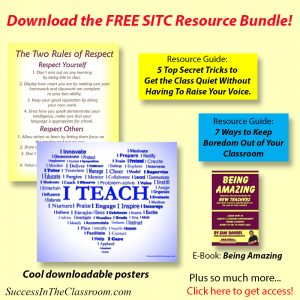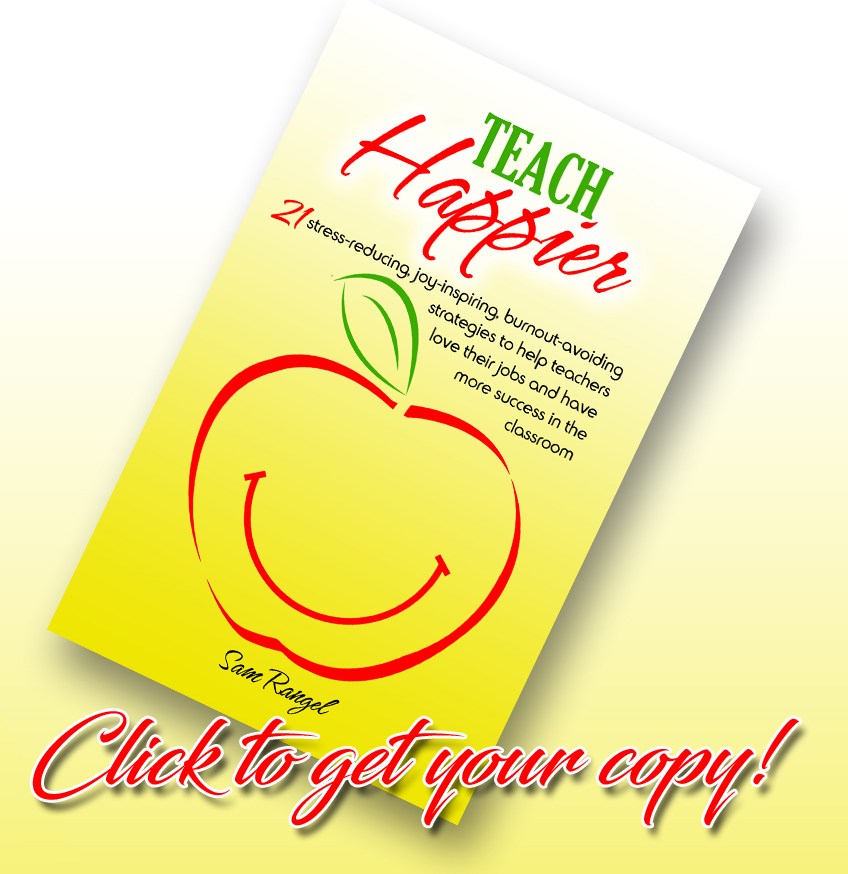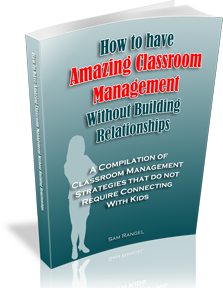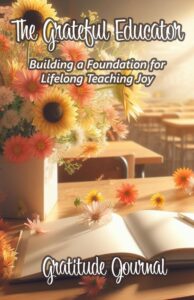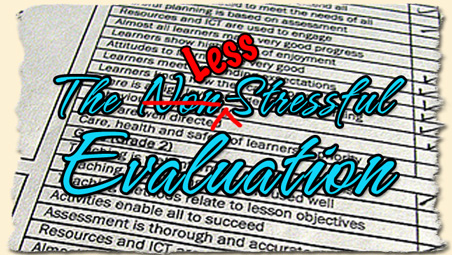
Hello again,
Here is the fourth state standard for teachers: Planning Instruction and Designing Learning Experiences for All Students.
Standard 4.1: Using knowledge of students’ academic readiness, language proficiency, cultural background, and individual development to plan instruction
Basically this standard subcategory asks that the teacher to see the class as individuals instead of as group. This is difficult sometimes, especially when planning. You want to make a lesson plan that is one-size-fits-all, but you can’t. You have to understand that there are going to be students who don’t learn like most kids do. Your lesson plan has to make adjustments for students who have learning disabilities, language deficiencies, or other limitations.
Standard 4.2: Establishing and articulating goals for student learning
Here is another goal that tells the teacher to have some kind of direction to their lesson. What is the objective of today’s lesson plan? Once you figure that out, then you have to make sure that you let your students know what that goal is. Have a section on your white board that has your objective posted. If the principal walks in and asks one of your students what their learning that day, will your student be able to answer the question?
Standard 4.3: Developing and sequencing long-term and short-term instructional plans to support student learning
Does today’s lesson connect with tomorrow’s lesson? Next week’s lesson? There has to be some kind organization and flow to what you’re teaching the students. You have to open up your master calendar, and figure out what you’re teaching each week, each month, each quarter. This is a no-brainer, and after you’ve been teaching the same subject for a while, it happens automatically.
Standard 4.4: Planning instruction that incorporates appropriate strategies to meet the learning needs of all students
The key words here are “appropriate strategies.” This is what separates the great teacher from the good teacher. There are teachers who use traditional teaching strategies to get the content across to the students, and there are teachers who consider the make up of their classroom and develop non-traditional strategies to accomplish the same thing. These non-traditional strategies are what keep the students, especially the non-typical students, engaged in the lesson. I tell my student teachers: Take the content, consider your students, then create a lesson plan that incorporates a new way to teach that content. Don’t rely on how you were taught. Don’t copy what other teachers have done. Create something new. The “appropriate strategy” is the one that allows every student to learn what you’re teaching. This takes innovation. Innovation is hard work sometimes.
Standard 4.5: Adapting instructional plans and curricular materials to meet the assessed learning needs of all students
What are the assessed learning needs of your students? You will have students in your class who have been tested for one reason or another, and you’ll have that data available to you. Some students have been assessed as having different learning abilities. These students should be part of the case load of a resource specialist or another person who is considered the case carrier for these students. Consulting with the case carrier of these students is extremely important to finding out how best to reach these students with the content. I’m the first to admit that I was lost when I was told that my classroom was going to have students who were identified as special education students included in it. The first thing I did was talk to the Resource Specialist teacher to find out what part of my lesson I needed to modify in order to reach them. It was tough for some teachers to make changes to their lesson plans after years of doing things their way, but you have to do what’s best for kids – all kids.
There you go – another standard down.
Next time we’ll go over standard number five: Assessing Students for Learning
See you soon,
Don’t forget to subscribe to my newsfeed to get the latest updates.
Sam
